Basil Plant
- November 7, 2023
- 0 comment
The basil plant, scientifically known as Ocimum basilicum, is a fragrant and versatile herb that has been cherished for its culinary, medicinal, and aromatic properties for centuries. This herb is native to the warm climates of Asia and the Mediterranean region and belongs to the mint family.
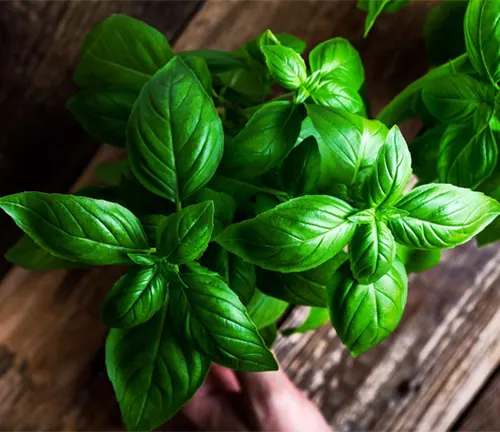
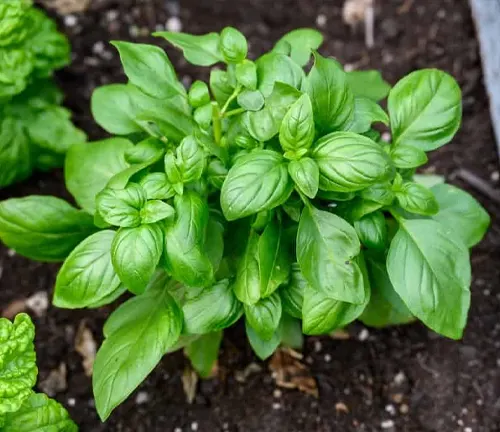
Basil is recognized for its distinctive sweet and slightly peppery flavor, making it a popular ingredient in various cuisines worldwide, notably Italian, Thai, and Indian. It’s a key component in classic dishes like pesto, caprese salad, and Thai basil stir-fry.
Beyond its culinary uses, basil also boasts potential health benefits, including anti-inflammatory and antioxidant properties. Its aromatic leaves are often used in essential oils and aromatherapy. Easy to grow in gardens or pots, basil is a beloved addition to many home gardens, delighting both the senses and the palate with its vibrant green foliage and delightful fragrance.
| Characteristics | Description |
| Scientific Name | Ocimum basilicum |
| Family | Lamiaceae (Mint family) |
| Common Varieties | Sweet basil, Genovese basil, Thai basil, Purple basil, Lemon basil, and more |
| Plant Type | Herbaceous annual or short-lived perennial |
| Height | Typically 12-24 inches (30-60 cm) |
| Leaves | Fragrant, green, oval or lance-shaped, with a serrated edge |
| Flowers | Small and white with a pleasant aroma, arranged in spikes |
| Growing Season | Warm seasons, sensitive to cold temperatures |
| Sunlight | Requires full sun for optimal growth (6-8 hours of sunlight per day) |
| Watering | Keep the soil consistently moist but not waterlogged |
| Soil | Well-draining, fertile soil with a pH of 6.0-7.5 |
| Temperature | Basil prefers temperatures between 70-90°F (21-32°C) |
| Propagation | Seeds, cuttings, or seedlings |
| Harvesting | Leaves can be harvested when the plant is 6-8 inches tall, usually around 6-8 weeks after planting |
| Common Uses | Culinary herb, medicinal herb, essential oil production, aromatherapy |
| Culinary Uses | Pesto, salads, pasta, soups, sauces, and as a garnish |
| Medicinal Uses | Traditional remedies for digestive issues, anti-inflammatory properties, and antioxidant content |
| Aromatic Qualities | Sweet and slightly peppery fragrance |
| Growth Habit | Upright, bushy, and compact |
| Pests | Susceptible to aphids, whiteflies, and spider mites |
| Companions | Companion planting with tomatoes, peppers, and other herbs is common to deter pests |
Botanical Beauty of “Basil Plant”
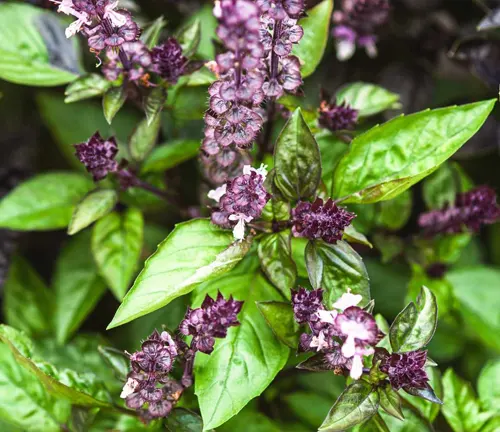
Basil, with its scientific name Ocimum basilicum, is a botanical beauty that has captured the hearts of gardeners, chefs, and nature enthusiasts alike. Its lush green leaves, delicate white flowers, and distinct fragrance make it a standout in the world of herbs. But there’s more to this remarkable plant than meets the eye. Let’s delve into the multifaceted world of basil and explore its various facets, from woodland elegance to ecological importance.
Woodland Elegance
Basil’s aesthetic charm is undeniable. With its vibrant green foliage and dainty white blossoms, it adds a touch of woodland elegance to gardens and kitchens alike. The aromatic leaves are characterized by their oval or lance-shaped form and serrated edges. Whether grown in a garden bed or potted on a windowsill, basil’s graceful appearance is a sight to behold.
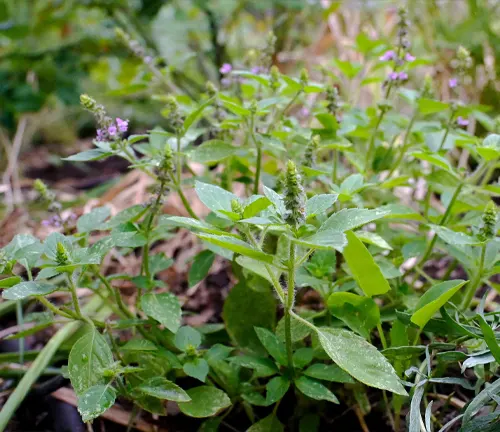
Ecological Importance
Basil is not just a pretty face in the plant kingdom. It plays a role in ecological harmony by attracting pollinators like bees with its fragrant flowers. Bees are vital for pollinating various plants, including food crops. By serving as a food source for pollinators, basil contributes to the overall health of ecosystems.
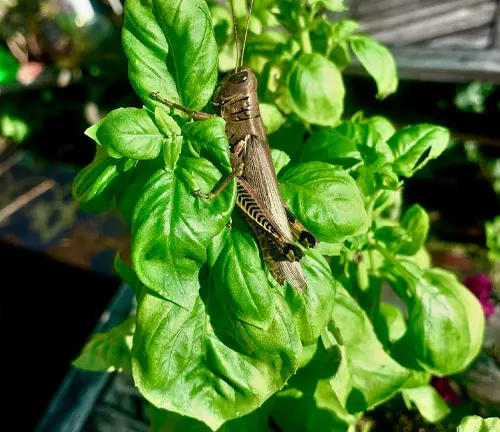
Cultivation and Conservation
Cultivating basil is a rewarding endeavor, and its conservation is essential. Basil thrives in warm climates and prefers well-draining, fertile soil. While it’s relatively easy to grow, the plant can be sensitive to cold temperatures. Conservation efforts are crucial to ensure the genetic diversity of basil varieties, as they face threats from habitat loss and changing climate conditions.

Fragrance
One of basil’s most enchanting qualities is its captivating fragrance. The leaves emit a sweet and slightly peppery aroma that intensifies when crushed. This aroma is not only delightful to the senses but also serves as a natural repellent for certain pests, making basil a useful companion plant in the garden.
Soil Stabilization
Basil’s extensive root system contributes to soil stabilization. Its roots help prevent erosion by holding soil in place. This feature makes basil a valuable addition to gardens, particularly in areas prone to soil erosion or erosion control challenges.
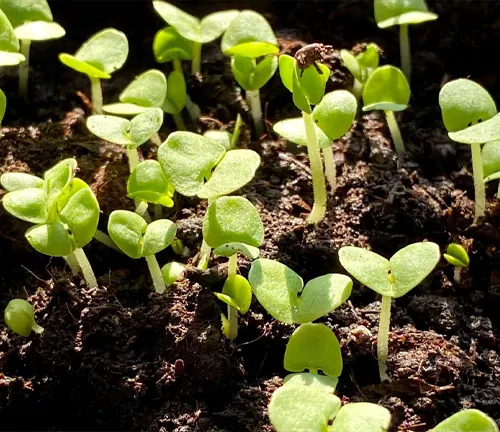
Common Uses
Basil has found its way into cuisines around the world, particularly in Italian, Thai, and Indian dishes. It is a key ingredient in classic recipes like pesto, caprese salad, and Thai basil stir-fry. Its aromatic leaves are also used in essential oil production and aromatherapy, adding a refreshing and calming element to these practices.
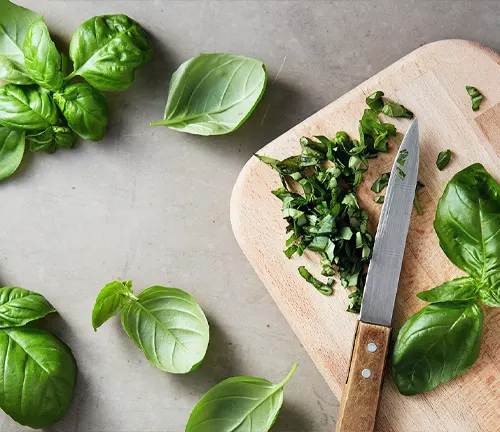
Benefits
Beyond its culinary and aromatic applications, basil offers numerous health benefits. It contains essential oils like eugenol, known for its anti-inflammatory and antioxidant properties. Basil has been used in traditional medicine for its potential to alleviate digestive issues and promote overall well-being.
Different Species
Sweet Basil
(Ocimum basilicum)
Sweet basil is the most common and widely used type of basil. It has a sweet, slightly peppery flavor and is the key ingredient in classic Italian pesto.
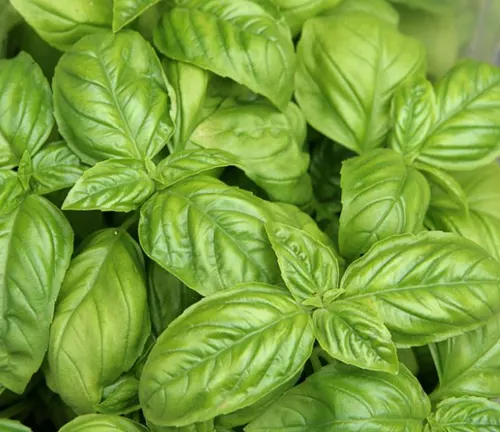
Genovese Basil
A specific cultivar of sweet basil, Genovese basil is known for its intense aroma and rich, bold flavor. It’s a favorite in Italian cuisine.
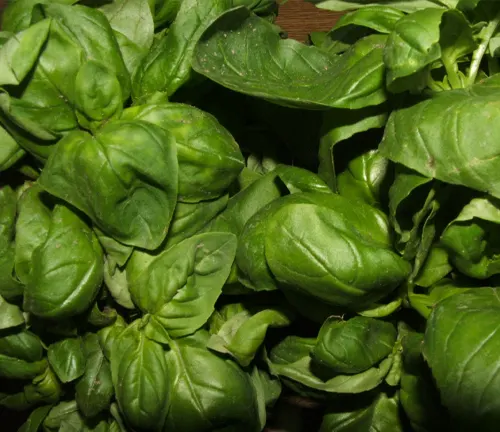
Thai Basil
(Ocimum basilicum var. thyrsiflora)
Thai basil has a distinctive anise or licorice-like flavor and is commonly used in Thai, Vietnamese, and other Southeast Asian dishes.

Holy Basil
(Ocimum sanctum or Ocimum tenuiflorum)
Also known as “Tulsi” in India, holy basil has a strong, spicy aroma and is revered for its medicinal and spiritual significance.

Lemon Basil
(Ocimum × citriodorum)
Lemon basil has a citrusy fragrance and taste, making it a great addition to dishes and drinks that require a hint of lemon flavor.
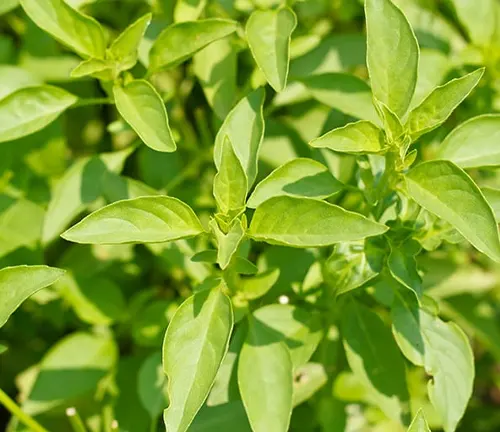
Purple Basil
(Ocimum basilicum var. purpurascens)
This basil variety has deep purple leaves and a milder flavor compared to sweet basil. It’s often used as a garnish and in salads.
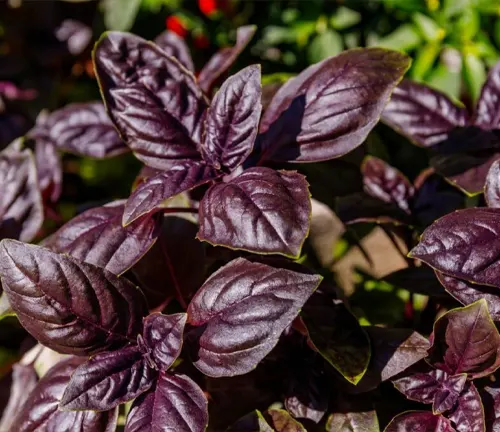
Cinnamon Basil
(Ocimum basilicum ‘Cinnamon‘)
Cinnamon basil has a subtle cinnamon-like aroma and flavor, making it a unique addition to desserts and teas.
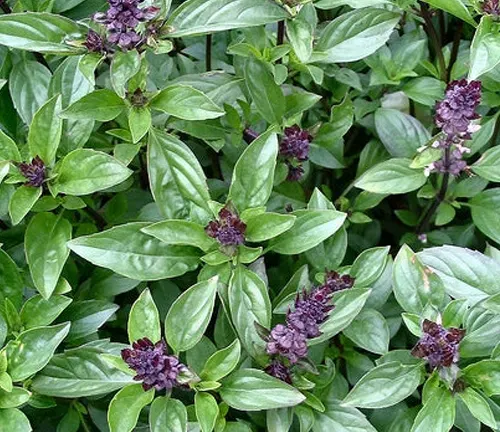
African Blue Basil
(Ocimum kilimandscharicum x basilicum)
This basil variety has striking purple stems and green leaves, and it has a sweet and spicy flavor. It’s often grown for its ornamental value as well.
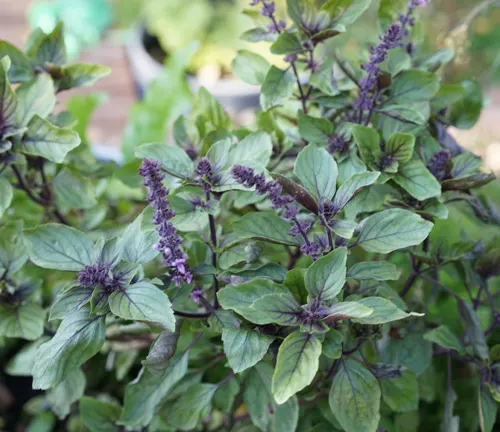
Spicy Globe Basil
(Ocimum basilicum ‘Spicy Globe’)
Spicy Globe basil is a dwarf basil variety with small leaves and a spicy, intense flavor. It’s great for compact gardens and containers.

Lettuce Leaf Basil
(Ocimum basilicum ‘Lettuce Leaf’)
As the name suggests, this basil has large, crinkled leaves and a milder taste. It’s often used in salads.
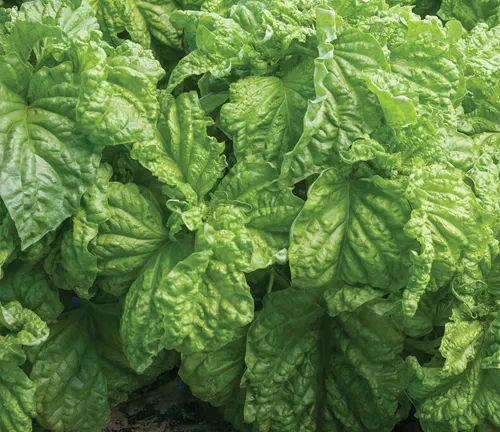
Frequently Asked Questions (FAQs)
- How do I grow basil indoors?
Basil can be grown indoors in pots near a sunny window. Make sure it receives at least 6-8 hours of sunlight daily and keep the soil consistently moist but not waterlogged. - What are the best soil and conditions for basil?
Basil prefers well-draining, fertile soil with a pH of 6.0-7.5. It thrives in warm temperatures (70-90°F or 21-32°C) and requires full sun. - When and how should I harvest basil leaves?
You can start harvesting basil leaves when the plant is 6-8 inches tall, typically around 6-8 weeks after planting. Use clean scissors or fingers to pinch off leaves, starting from the top. - What are the common pests that affect basil?
Common basil pests include aphids, whiteflies, and spider mites. Regularly inspect your basil plants and address pest issues promptly. - Can I use basil as a companion plant in my garden?
Yes, basil is often used as a companion plant to deter pests. It can be planted alongside tomatoes, peppers, and other vegetables to help protect them. - Are there different varieties of basil, and what are their flavor profiles?
Yes, there are various basil varieties with distinct flavors. For example, sweet basil has a classic sweet and slightly peppery taste, while Thai basil has a licorice-like flavor. - What are the health benefits of basil?
Basil contains essential oils like eugenol, which have anti-inflammatory and antioxidant properties. It has been used in traditional medicine to aid digestion and promote well-being. - Can I freeze basil for later use?
Yes, basil can be frozen to preserve its flavor. One common method is to puree it with olive oil and freeze it in ice cube trays for easy use in cooking. - How can I dry basil for long-term storage?
You can air dry or use a dehydrator to dry basil leaves. Once dried, store them in airtight containers in a cool, dark place. - Can I grow basil from seeds, cuttings, or seedlings?
Yes, basil can be grown from seeds, cuttings, or seedlings. Growing from seeds gives you a wide variety of options, while cuttings and seedlings provide a head start in the growth process.


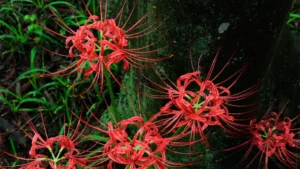

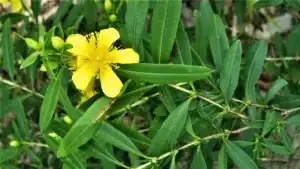



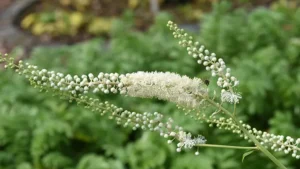

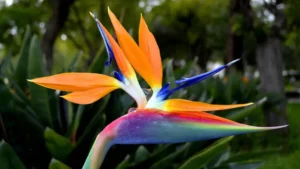
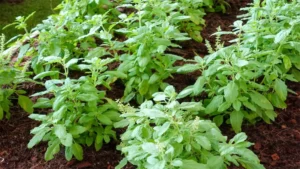
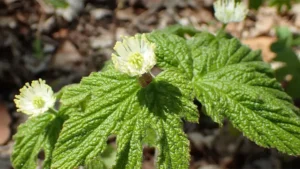

Leave your comment